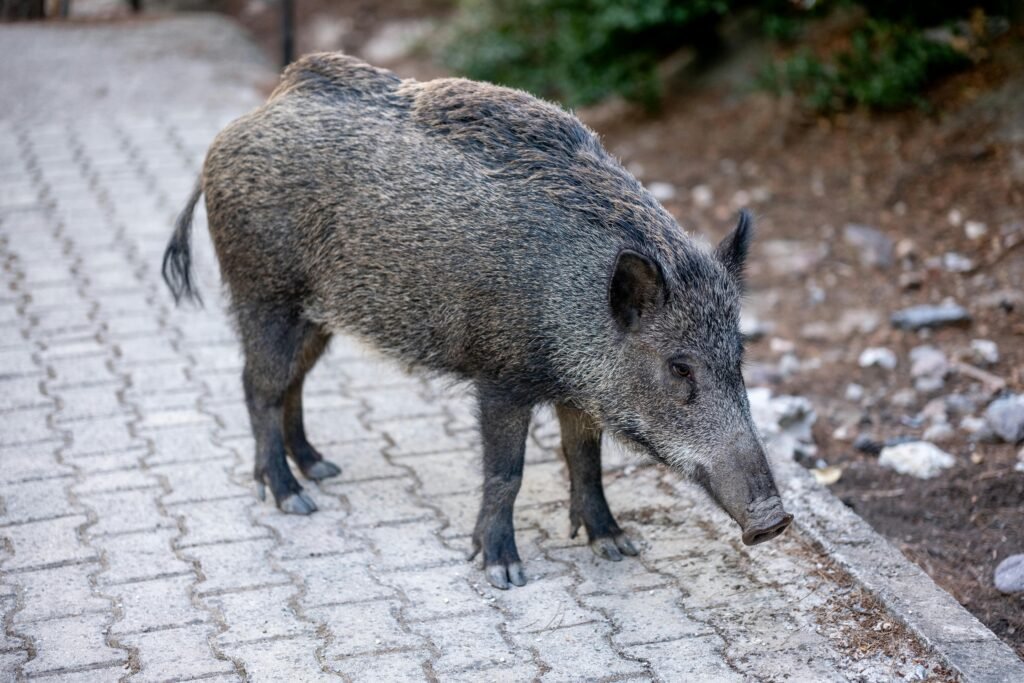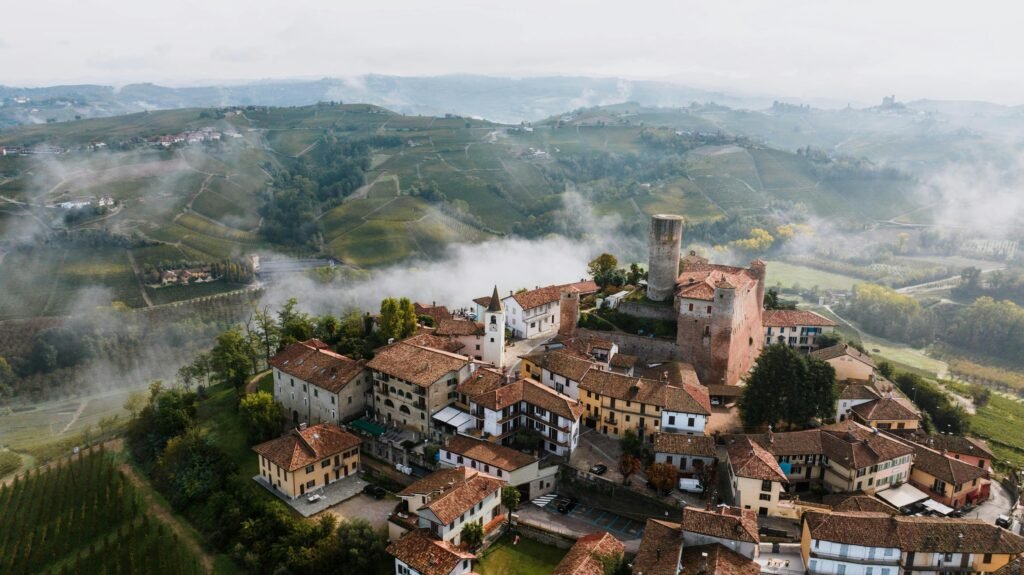Have you ever wondered why there’s always a crowd of people gathered around a bronze boar statue in Florence, eagerly rubbing its shiny snout? I’ll never forget my first encounter with Il Porcellino in 2019 – I was completely baffled watching tourist after tourist place coins in the boar’s mouth and rub that gleaming nose!
Here’s the thing: over 6 million people visit this bronze boar statue every year, and according to local estimates, about 80% of them participate in this peculiar ritual. The statue’s snout has been polished to a brilliant golden shine from millions of hands over the decades, making it one of Florence’s most touched monuments.
But what’s behind this seemingly odd tradition? The answer lies in a beautiful legend that combines luck, love, and the promise of returning to one of the world’s most enchanting cities.
The Legend of Il Porcellino: Florence’s Lucky Boar
Origins of the Bronze Boar Statue
Let me tell you the story that started it all. Il Porcellino, which literally means “little pig” in Italian (though it’s actually a boar), isn’t just any ordinary statue. This bronze beauty was created by Pietro Tacca in the early 1600s, but here’s where it gets interesting – it’s actually a copy!
The original marble boar was a Roman sculpture that caught the eye of Grand Duke Cosimo II de’ Medici. He was so captivated by this ancient piece that he commissioned Tacca to create a bronze version for Florence. Talk about having expensive taste!
The Wishing Ritual Explained
Now, here’s where the magic happens, and trust me, I’ve watched hundreds of people do this wrong. The proper ritual isn’t just about rubbing the snout – there’s a specific process that locals swear by:
- Place a coin in the boar’s mouth (preferably while making your wish)
- Rub the shiny snout three times with your right hand
- Let the coin fall through the grating below
If your coin falls through the metal grating, congratulations! Your wish is supposed to come true, and you’re guaranteed to return to Florence. But here’s the kicker – only about 30% of coins actually make it through those narrow slots on the first try.
What Happens to All Those Coins?
I was curious about this myself, so I did some digging. The coins collected from Il Porcellino generate approximately €10,000-15,000 annually for local charities! The money goes to various Florentine organizations, so even if your wish doesn’t come true, you’re still doing good.
The Science Behind the Superstition
Why Touching Brings Good Luck
You might be wondering how this tradition gained such momentum. Anthropologists suggest that tactile rituals like touching statues create a psychological connection between the person and their desires. When you physically interact with an object associated with good fortune, your brain releases endorphins that genuinely make you feel more optimistic.
I’ve noticed something fascinating during my multiple visits to Florence – people who participate in the boar ritual seem genuinely happier afterward. There’s something powerful about engaging in a shared cultural experience, even if you’re a tourist.
The Power of Collective Belief
Here’s what really gets me: the statue’s snout wasn’t always golden. Decades of touching have literally transformed its appearance, creating a visual testament to the millions of people who believed in its power. When you see that shining nose, you’re looking at physical proof of collective hope and faith.
Where to Find Il Porcellino in Florence
Mercato Nuovo Location Guide
Il Porcellino sits at the Mercato Nuovo, also known as the Straw Market, right in the heart of Florence’s historic center. If you’re walking from the Ponte Vecchio toward the Duomo, you literally cannot miss it – just look for the crowd of people taking selfies with a bronze boar!
The market itself dates back to the 16th century and was originally designed by Giovanni Battista del Tasso. Today, it’s filled with leather goods, souvenirs, and street vendors, but that boar remains the star attraction.
Best Times to Visit
From my experience, early morning (around 8-9 AM) or late afternoon (after 5 PM) offer the best opportunities for photos without massive crowds. Summer months see the heaviest traffic, with lines sometimes forming just to touch the snout!
Pro tip: if you visit during peak tourist season, be patient. I’ve seen people wait 15-20 minutes just for their turn with Il Porcellino.
Similar Traditions Around the World
Other Lucky Animal Statues
Florence isn’t the only city with a lucky animal tradition. Here are some famous examples:
- The Bull on Wall Street (New York) – touching its nose brings financial luck
- The Juliet Statue in Verona – touching her breast supposedly brings love
- Prague’s Golden Lane Cat – rubbing brings good fortune
- Harvard’s John Harvard Statue – students rub his shoe for academic success
What fascinates me is how these traditions develop independently across cultures. Humans seem naturally drawn to creating rituals around statues and monuments.
The Psychology of Tourist Superstitions
Travel superstitions like Il Porcellino serve multiple purposes. They create shared experiences, provide photo opportunities, and give travelers a sense of participation in local culture. When you rub that boar’s snout, you’re not just following a superstition – you’re joining a tradition that connects you to millions of other visitors.
Tips for Your Il Porcellino Experience
What to Bring and Expect
Here’s what I learned from watching countless tourists (and making my own mistakes):
Bring small coins – Large denominations often get stuck or don’t fit properly through the grating. Euro cents work perfectly, but the statue accepts international currency too.
Be prepared to wait – During peak hours, especially in summer, you might encounter a line. Use this time to observe the ritual and plan your approach.
Have your camera ready – But remember, taking turns is part of the courtesy. Don’t monopolize the statue for Instagram shots while others are waiting.
Making the Most of Your Visit
The area around Il Porcellino offers incredible photo opportunities beyond just the statue itself. The covered market architecture, the surrounding Renaissance buildings, and the bustling street life all contribute to the authentic Florence experience.
I recommend combining your boar visit with exploring the nearby Ponte Vecchio (just a 3-minute walk) and the Uffizi Gallery (5 minutes away). This way, you can knock out several must-see attractions in one area.
The Cultural Impact of Il Porcellino
Tourism Economics
This single statue generates significant economic impact for Florence. Conservative estimates suggest that Il Porcellino directly influences at least 30% of Mercato Nuovo’s foot traffic, boosting sales for surrounding vendors and restaurants.
Local business owners I’ve spoken with consistently rank the boar among the top three tourist attractions that drive customers to their shops. It’s remarkable how one bronze statue can anchor an entire commercial district!
Preserving the Tradition
The Florentine government takes Il Porcellino’s maintenance seriously. The statue undergoes regular cleaning and conservation efforts to ensure it can withstand millions of annual touches. In fact, they’ve had to reinforce certain areas due to the constant handling.
There’s been ongoing debate about whether to limit access or create viewing barriers, but city officials recognize that touching is integral to the experience. As one local official told me, “Il Porcellino without touching would be like the Trevi Fountain without coins.”



